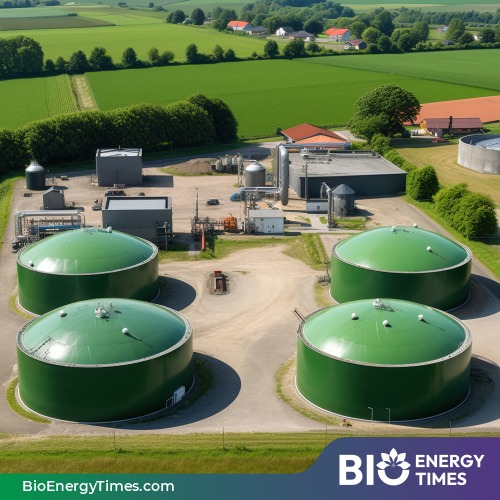The bioenergy industry in the Asia-Pacific (APAC) region is growing rapidly in 2025, as countries increase their focus on clean and sustainable energy. New government policies, improvements in technology, and concerns about the environment are all playing a role in shaping the future of bioenergy in this part of the world, reports Grain Journal.
In 2022, the global bioenergy market was worth $344.90 billion. Experts now predict that it will reach $642.71 billion by 2030. This means the market is expected to grow steadily over the next few years.
Governments across the APAC region are updating their rules to promote cleaner sources of energy, reduce pollution, and use energy more efficiently. At the same time, they are reviewing some bioenergy projects—especially those using wood and other plant materials—because of concerns about cutting down forests and air pollution.
Some countries are considering reducing or removing financial support for these types of bioenergy, especially in cities and crowded areas. However, many governments are also introducing new policies to encourage safer and cleaner bioenergy projects. These changes are helping attract more investment from businesses inside and outside the region.
New technology is making bioenergy more effective and less harmful to the environment. Improvements in systems that turn waste into energy are helping countries in the region meet their energy needs while also solving waste problems.
One key area of progress is the use of biogas, which is made from waste materials. These systems are becoming more popular because they offer a way to produce energy and reduce landfill waste. There is also a growing effort to combine bioenergy with other renewable energy sources like wind and solar, especially in places that are far from cities. These combined systems help provide reliable and steady electricity.
Even though bioenergy is considered a cleaner option compared to oil and coal, there are still concerns about how it affects nature. Some projects that use wood or crops grown just for fuel have raised worries about forest destruction and pollution.
To address this, several countries in the region are making rules that encourage the use of waste materials instead of cutting down trees or using food crops. These rules are also pushing companies to develop cleaner types of fuel. Governments are offering rewards to projects that help reduce pollution and are spending money on research to make bioenergy even better.
Large energy companies are playing an important role in improving bioenergy. They are spending money on new ideas to make bioenergy safer, cheaper, and easier to use. Some of these companies are working on ways to connect bioenergy with other clean energy sources, like solar and wind, to make sure there is always enough electricity.
These companies are helping build systems that can work in different places and conditions. Their efforts are helping countries in the region move toward cleaner and more dependable energy systems.
The future of bioenergy in APAC looks promising, but there are still some problems to solve. Many countries need better buildings, transport, and systems to support bioenergy projects. Some businesses are also unsure about the long-term plans and financial support from governments.
Still, the region has a lot of resources and interest in growing this industry. With strong policies, better technology, and a shared goal of protecting the environment, the bioenergy sector in APAC is expected to keep expanding in the coming years.
In short, the APAC region is seeing big changes in bioenergy. New ideas, strong leadership, and a focus on the environment are helping countries meet their energy needs while cutting down on pollution. As long as investments and support continue, bioenergy will play a major role in the region’s clean energy future.














